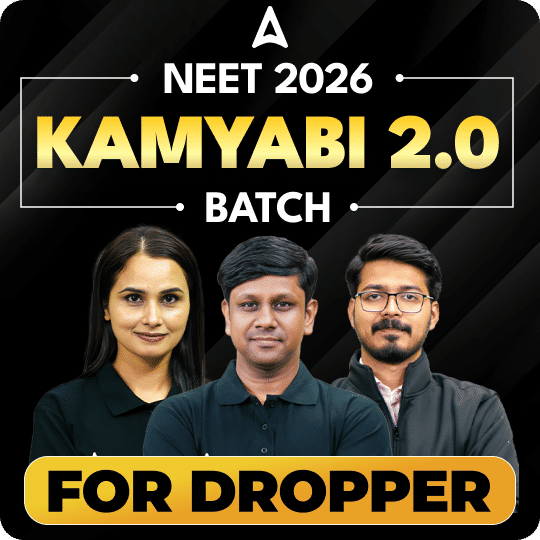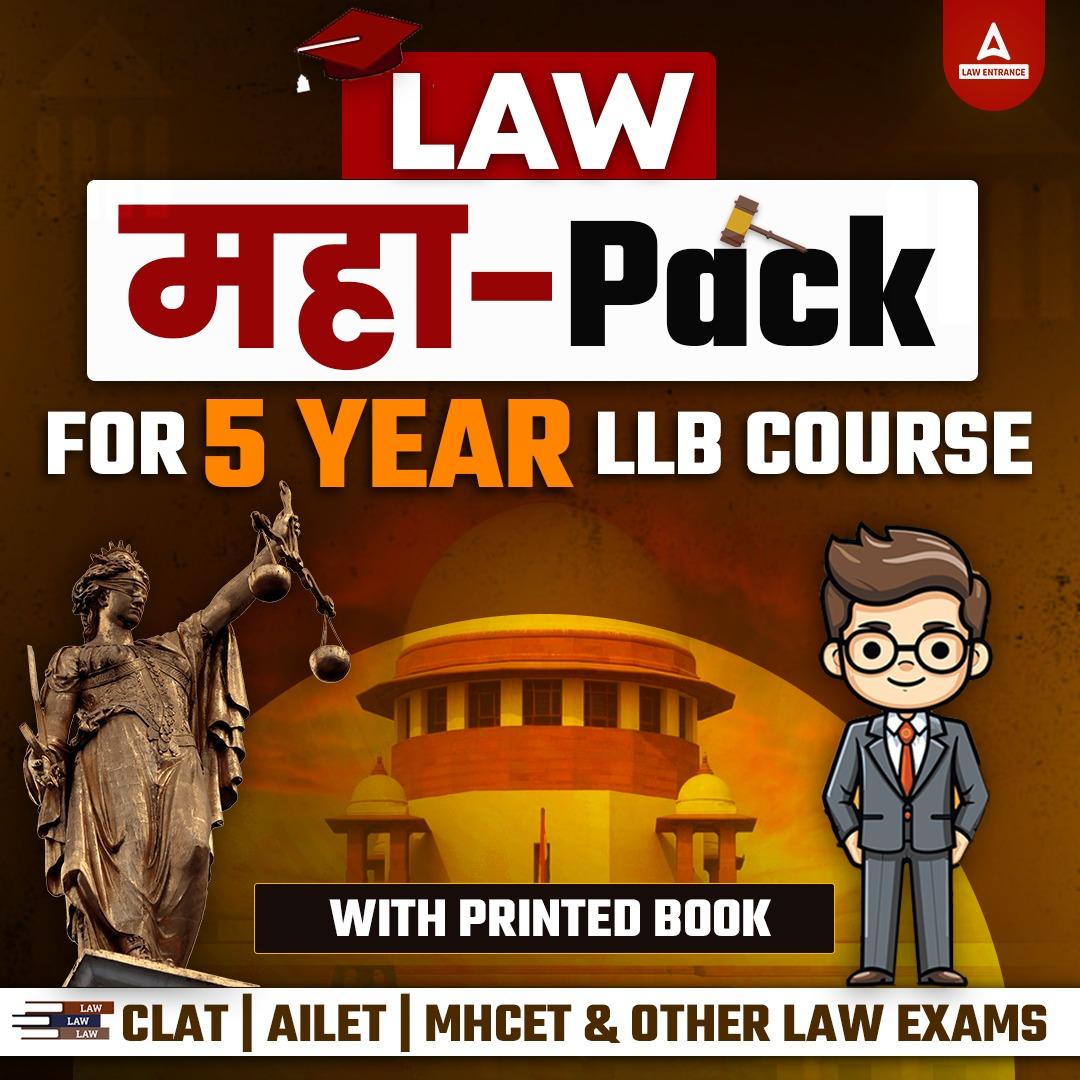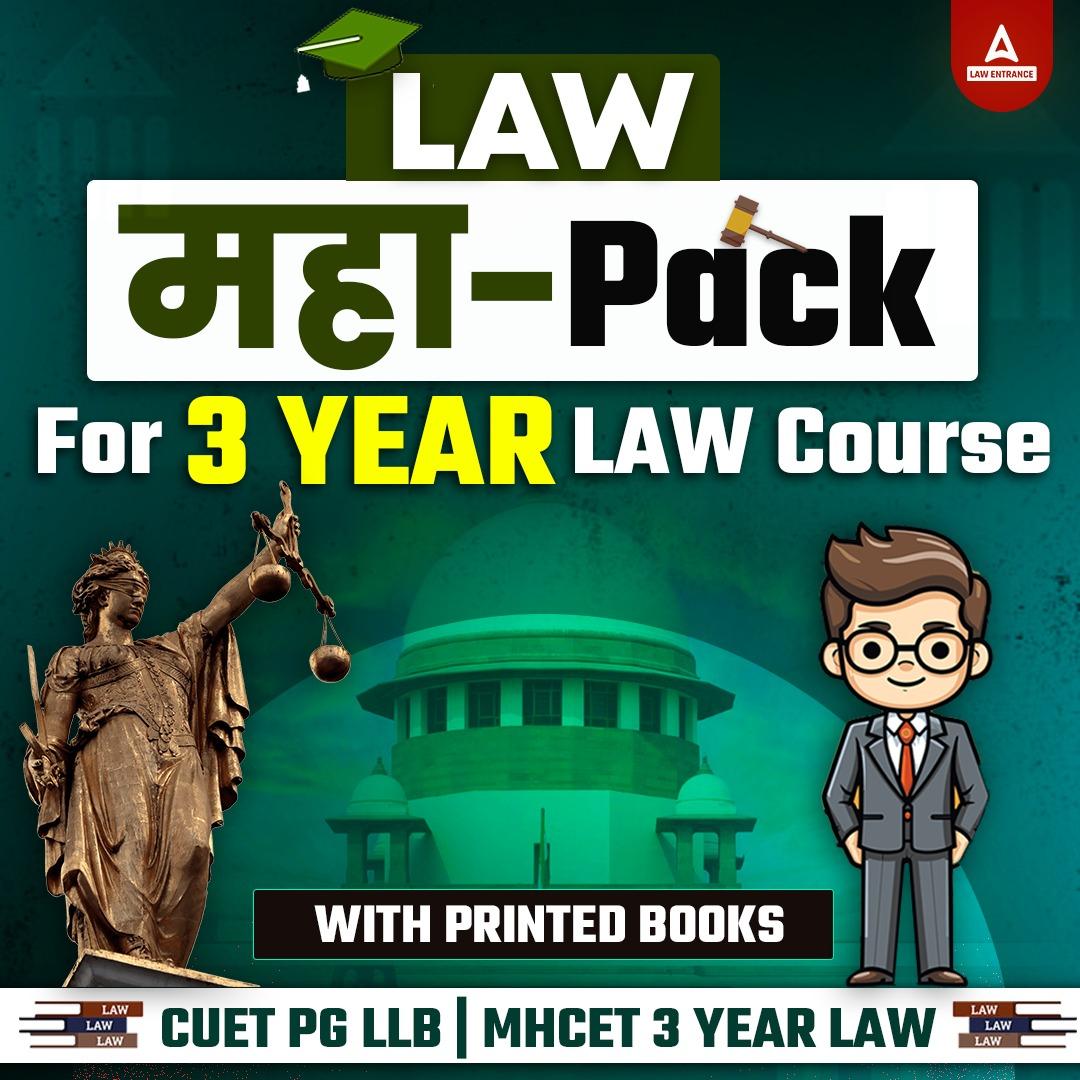The CBSE Board Result 2025 for Class 10th and 12th has been released on May 13. Students who took the exams can now view the results online at results.cbse.nic.in and cbse.gov. Over 37 lakh students across the country eagerly anticipate this time. The CBSE Board has now officially announced the results, providing solace to the concerned aspirants. The direct scorecard download link for class 10th 2025 and 12th classes results is provided below.
CBSE Board Result 2025 Out
CBSE Board Result 2025 was released for both class 10 and 12 exams in May, after 1.5 months of the exam. The Central Board of Secondary Education (CBSE) has announced the Class 10 and 12 results. The results are now available for download as an online marksheet. The CBSE board test dates were announced in December, and students meticulously followed the schedule to guarantee a smooth exam experience. The CBSE Class 10 and 12 examinations began on February 15, 2025. Class 10 exams ended on March 18, while Class 12 exams ended on April 4.
CBSE Result 2025 Class 10th, 12th Link
The Central Board of Secondary Education (CBSE) has activated the result download link for the Class 10th and 12th board exams on CBSE’s official websites, which include cbseresults.nic.in, cbse.gov.in, results.cbse.nic.in, and results.digilocker.gov.in. The direct links to check the CBSE 10th Result 2025 and CBSE 12th Result 2025 are shared below.
| CBSE Board Result 2025 Class 10th, 12th | |
| CBSE 10th Result 2025 | Click here to check |
| CBSE 12th Result 2025 | Click here to check |
Ways to Obtain CBSE Result 2025
Every year, the two official CBSE websites – results.cbse.nic.in and cbse.gov.in publish the CBSE Class 10th and 12th results. Students only need their roll number, Application number, school number, and admit card ID. Therefore, keeping the CBSE Board admit card safe is an absolute necessity now. In offline mode, you can obtain the CBSE 10th and 12th results on SMS or the IVRS facility. In case the official websites are not supported, the Board Results are also accessible through the Digilocker or the UMANG applications.
How to Check CBSE Board Exam Result Online?
There are four ways that students can check the CBSE Board Results, but mainly through the Official website and Digilocker.
Download CBSE RESULTS from results.cbse.nic.in
Students will be able to view their CBSE class 10th and 12th scorecards on the official CBSE websites, results.cbse.nic.in and cbse.gov.in. Here’s a step-by-step process for downloading the CBSE Board Exam Result 2025.
First, visit www.cbse.gov.in or results.cbse.nic.in on your device.
Second, click on the CBSE Class 10 Result 2025 link or CBSE Class 12 Result 2025 link.
Third, then provide your CBSE application number and date of birth.
Fourth, download your CBSE class 10th, 12th scorecard in PDF format.
Fifth, download the PDF and print the exam results for future reference.
Official Websites To Check CBSE 10th 12th Results
After the official announcement of CBSE Result 2025, students can check their mark sheet from the following websites
- cbse.gov.in
- cbseresults.nic.in
- results.cbse.nic.in
- results.digilocker.gov.in
- umang.gov.in
Download CBSE Board Result via Digilocker
The Board has given the facility that students can directly get their CBSE results for both Class 10th and 12th students from their Digilocker accounts. For students looking to get CBSE marksheets from the DigiLocker mobile app, follow the instructions provided here.
Step 1: Download the DigiLocker mobile app from the Play Store or App Store.
Step 2: Once installed, click on the “Access DigiLocker option”.
Step 3: Provide a valid mobile number that is registered with the CBSE board. The user will now receive an OTP via mobile. Enter the security pin displayed on the screen.
Step 4: After filling in the PIN, navigate to the “Education” page of this DIgilocker app. Users must enter additional information here, such as their registered name, CBSE Board roll number, and so on.
Step 5: Finally, the students will be able to obtain and download a CBSE Results/marksheet in PDF format.
How to get CBSE Board Result 2025 on IVRS?
In case of unavailability of the stable network, you can check the CBSE 10th results 2025 via the IVRS calling facility. To obtain the CBSE board result 2025 via IVRS, dial 24300699 with the STD code from any phone and follow the instructions given over the phone.
CBSE Board Exam Result 2025: Marks Reverification
Class 12 and 10 candidates can submit their requests for CBSE mark verification between the 3rd Week of May 2025. They will have to pay the processing cost (INR 500/- per subject as per last year) for checking answer sheets.
How do I file for CBSE Result 2025 Marks Verification?
Candidates can apply for the CBSE Board exam result 2025 for verification or Improvement purposes. The following is the process of verification –
At first, visit the CBSE official website at cbse.gov.in. Then follow the procedures for verifying marks or improving results. Pay the applicable fee per subject for the services.
Can I get a Photocopy of the Answer Sheet after the CBSE Result?
Candidates can apply for a photocopy of their CBSE class 10th and 12th answer booklets in June 2025. To receive photocopies of answer booklets, candidates must pay a defined fee that was INR 700 per sheet last year.









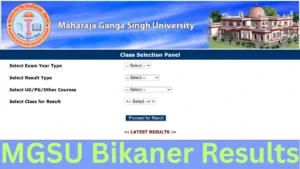 MGSU Result 2025 Out, Download Maharaja ...
MGSU Result 2025 Out, Download Maharaja ...
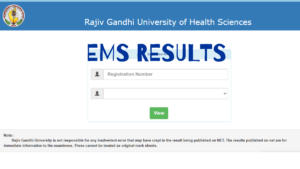 EMS Results 2025 OUT at gnanasangama.kar...
EMS Results 2025 OUT at gnanasangama.kar...
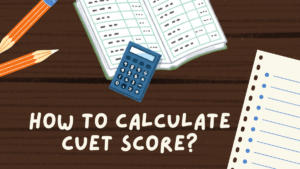 How to Calculate CUET Score, Check Marks...
How to Calculate CUET Score, Check Marks...



